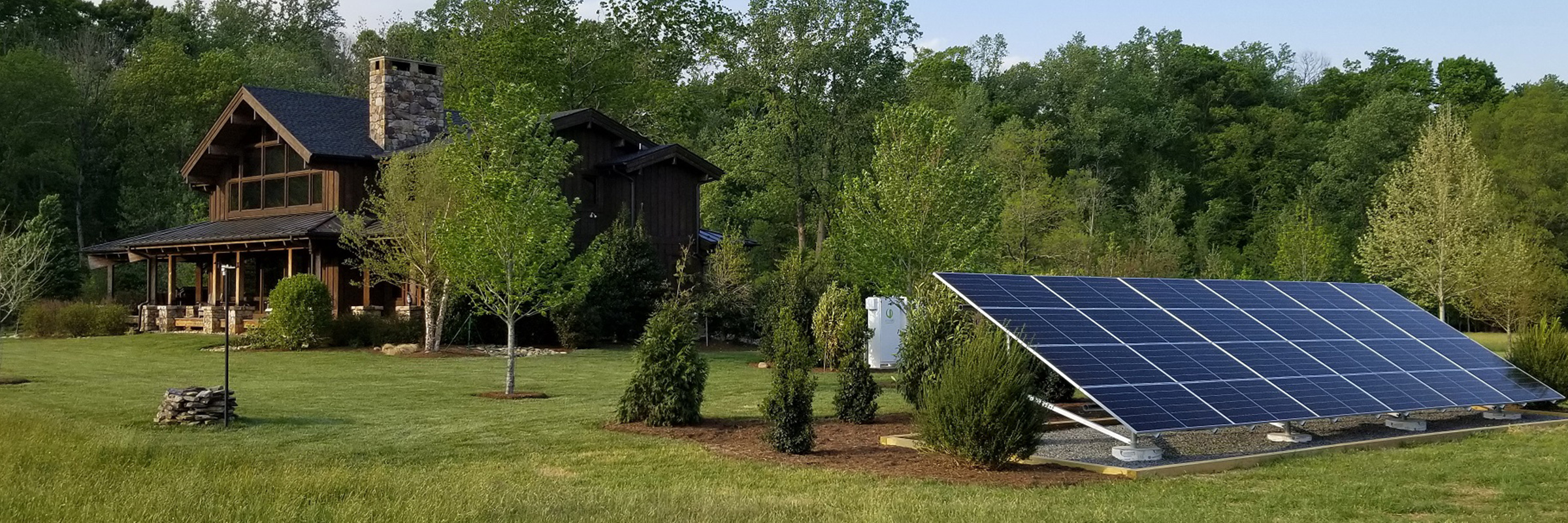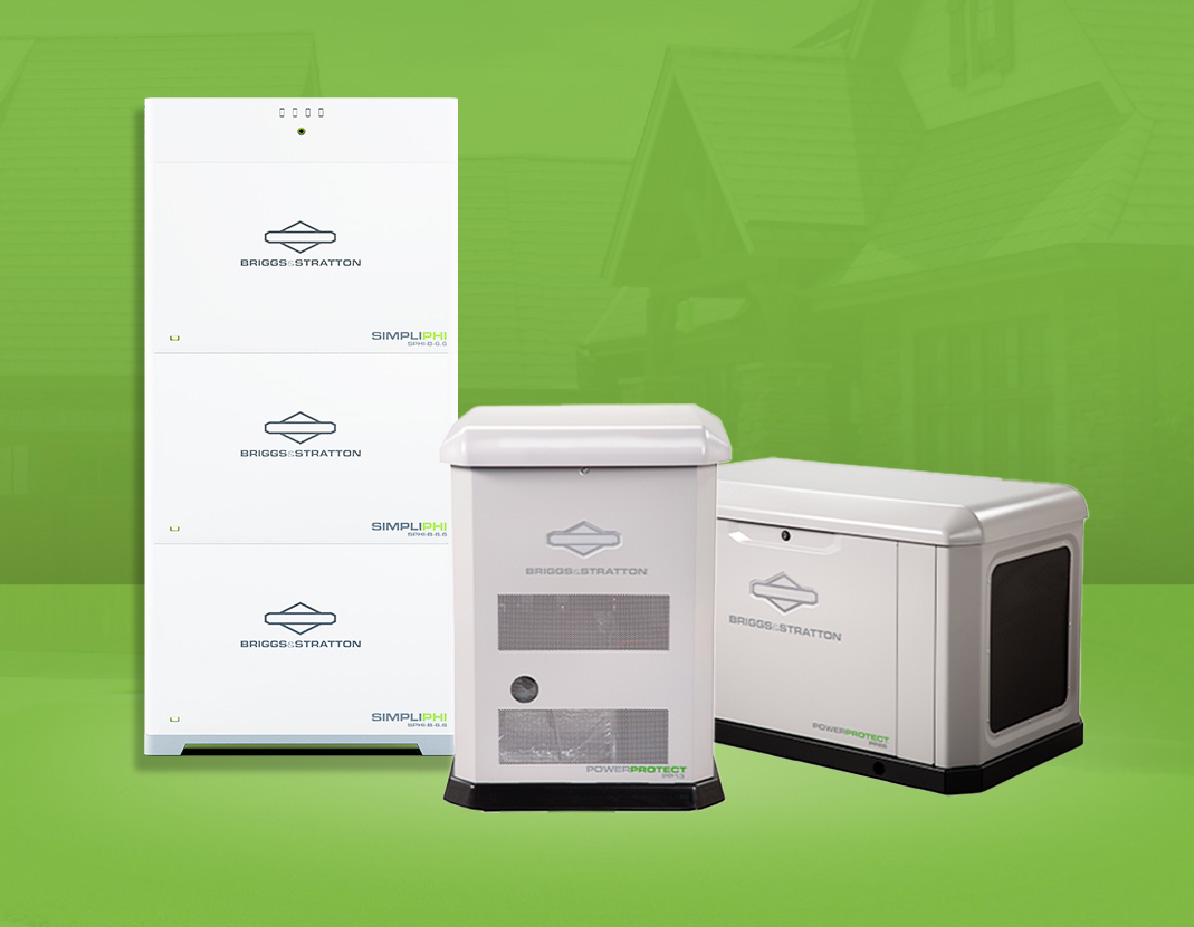For many homeowners, the dream of solar energy has felt more accessible through Third-Party Operators (TPOs). These companies offer models like solar leases and Power Purchase Agreements (PPAs), often requiring little to no upfront cost. However, the recently passed "One Big Beautiful Bill Act" (OBBBA) has significantly altered the incentive landscape, making the distinction between owning your system and leasing through a TPO more critical than ever.
Note: This blog is for informational purposes only. Contact your licensed tax professional for guidance on tax incentives.

What is a Third-Party Operator (TPO)?
A Third-Party Operator (TPO) is a company that owns, installs, and maintains the solar energy system (and often associated battery storage) on your home. Instead of you purchasing the system outright, the TPO finances, installs, and manages it for you. In return, you typically enter into one of two agreements:
Solar Lease: You pay a fixed monthly fee to "rent" the solar system, regardless of how much electricity it produces.
Power Purchase Agreement (PPA): You agree to buy the electricity generated by the solar system at a predetermined rate per kilowatt-hour (kWh), usually lower than your utility's rate. Your monthly payment varies based on system output.
The primary appeal of TPOs has historically been their ability to make solar accessible by removing the large upfront cost. The TPO company benefits by claiming the federal tax credits and other incentives, which they then use to offset their investment and offer competitive rates to homeowners.
Important Note: The OBBB does not prohibit third-party financed home solar solutions. TPOs can absolutely continue to operate and offer their services. The key difference now lies in which incentives they can leverage and how that impacts your overall savings.

Incentives TPOs Can Still Leverage (and how it impacts you)
While homeowners claiming the Section 25D Residential Clean Energy Credit face a hard deadline, TPOs operate under a different set of rules, primarily leveraging the Section 48E Clean Energy Investment Tax Credit (which replaced the Section 48 ITC for new projects as of January 1, 2025).
Here's how TPOs, as commercial entities, can still take advantage of significant incentives:
Section 48E Clean Energy Investment Tax Credit:
Since TPOs own the solar and battery storage systems (even when installed on your roof), they are considered commercial entities for tax purposes. This means they are eligible for the Section 48E ITC, which offers a 30% credit for qualifying facilities.
For solar facilities (owned by TPOs), the Section 48E credit is generally available through December 31, 2027, for projects that begin construction (which includes physical work or incurring 5% of the total project cost) more than 12 months after the OBBB's enactment and are placed in service by that deadline. Projects commencing construction within 12 months of enactment face no such "placed in service" deadline.
For battery storage projects (owned by TPOs): Commercial energy storage projects are also eligible for the Section 48E credit. While they have a placed-in-service deadline of December 31, 2027 (if construction began more than 12 months after enactment), they do not have the 12-month "shot clock" to commence construction that applies to solar facilities. This provides commercial energy storage projects a longer runway for eligibility under 48E. The 30% credit remains strong for qualifying commercial storage systems.
The Modified Accelerated Cost Recovery System (MACRS) is the primary tax depreciation system used in the United States. It allows businesses to recover the capitalized cost of certain assets over time through annual depreciation deductions. Historically, commercial solar and energy storage systems were eligible for 5-year accelerated depreciation, allowing TPOs to rapidly write off a significant portion of the system's cost, further reducing their tax liability.
However, this appears to be a significant area of change under the OBBB. The bill appears to remove solar and energy storage from the list of properties eligible for this 5-year accelerated depreciation for projects where construction began after December 31, 2025. This means many new TPO-owned systems may not benefit from this substantial tax deduction, potentially impacting the lease/PPA rates they can offer. This provision is still awaiting final clarity, and its ultimate interpretation will influence the financial models of TPOs.
How TPO Incentives Affect You as a Homeowner: When a TPO claims these tax credits and depreciation benefits, they factor those savings into the lease rates or PPA rates they offer to homeowners. This is how they can provide solar with little to no upfront cost, as they are essentially monetizing the tax benefits that would otherwise go to you if you owned the system. While TPOs can still utilize these commercial incentives, the OBBB's changes to the residential credit make direct ownership significantly less appealing for homeowners seeking to maximize their personal tax benefits.

Buying Your System vs. Leasing Through a TPO: Why Ownership is Now Key for YOUR Savings
While TPO models offer convenience, the current ITC tax credits make owning your solar and battery storage system a far more advantageous option for homeowners seeking to maximize their personal financial benefits, Here's why:
Direct Access to the Residential ITC (Section 25D): When you purchase your system (solar and/or battery storage), you are the one eligible to claim the federal 30% Residential Clean Energy Credit. With a TPO lease or PPA, the TPO company claims the Section 48E credit. After December 31, 2025, the residential Section 25D credit for homeowners disappears entirely. If you want to claim that 30% credit for yourself, outright purchase and installation by the deadline is your only path.
Important Consideration: It is currently unclear whether IRS safe harbor rules (which apply to commercial projects and might allow for a downpayment to count as a "project start") will apply to the residential Section 25D credit. For the residential credit, "placed in service" typically means fully installed and operational. While making a down payment is a necessary step, relying on it alone to secure the credit without full system completion by the deadline is risky. Please consult your tax professional for guidance on what constitutes "placed in service" for the residential ITC, especially as the December 31, 2025, deadline approaches.
Greater Long-Term Savings: When you own your system, once it's paid off (whether through cash or a solar loan), you essentially generate free electricity for the lifespan of your panels (often 25+ years). With a TPO, you'll continue to make monthly payments for the duration of your contract, which can be 20-25 years. While TPOs offer initial savings on your utility bill, outright ownership leads to substantially larger long-term financial benefits.
Increased Home Value: Studies consistently show that owning a solar energy system significantly increases your home's value and can help it sell faster. Typically, owned solar energy systems can increase a home value by 5% or more, depending on location, size and efficiency. Systems with batteries may add even more. This increased home value may offset the cost of the system. Leased systems, on the other hand, can sometimes complicate home sales, as the new buyer needs to qualify for and assume the lease agreement.
No Escalator Clauses: Many TPO lease and PPA contracts may include "escalator clauses," which mean your monthly payments increase by a small percentage (e.g., 2-3%) each year. This erodes your savings over time. With a purchased system financed by a fixed-rate loan, your monthly payments remain consistent.
Full Control: As the owner, you have complete control over your system's performance, maintenance, and any future upgrades. While TPOs handle maintenance, some homeowners report difficulties in getting timely service.

The Urgency to Decide
Given the upcoming December 31, 2025, deadline for the residential Section 25D credit, homeowners considering solar and/or battery storage face a critical decision. While TPOs can still utilize commercial incentives, the direct, personal 30% tax credit that has made solar so attractive is rapidly disappearing for those who don't directly purchase their systems.
If maximizing your personal financial return and long-term energy independence is your goal, acting swiftly to purchase and install your solar and storage system before the end of 2025 is paramount. This ensures you can directly claim the 30% ITC, which could amount to thousands of dollars in savings, and fully benefit from owning your clean energy future.




